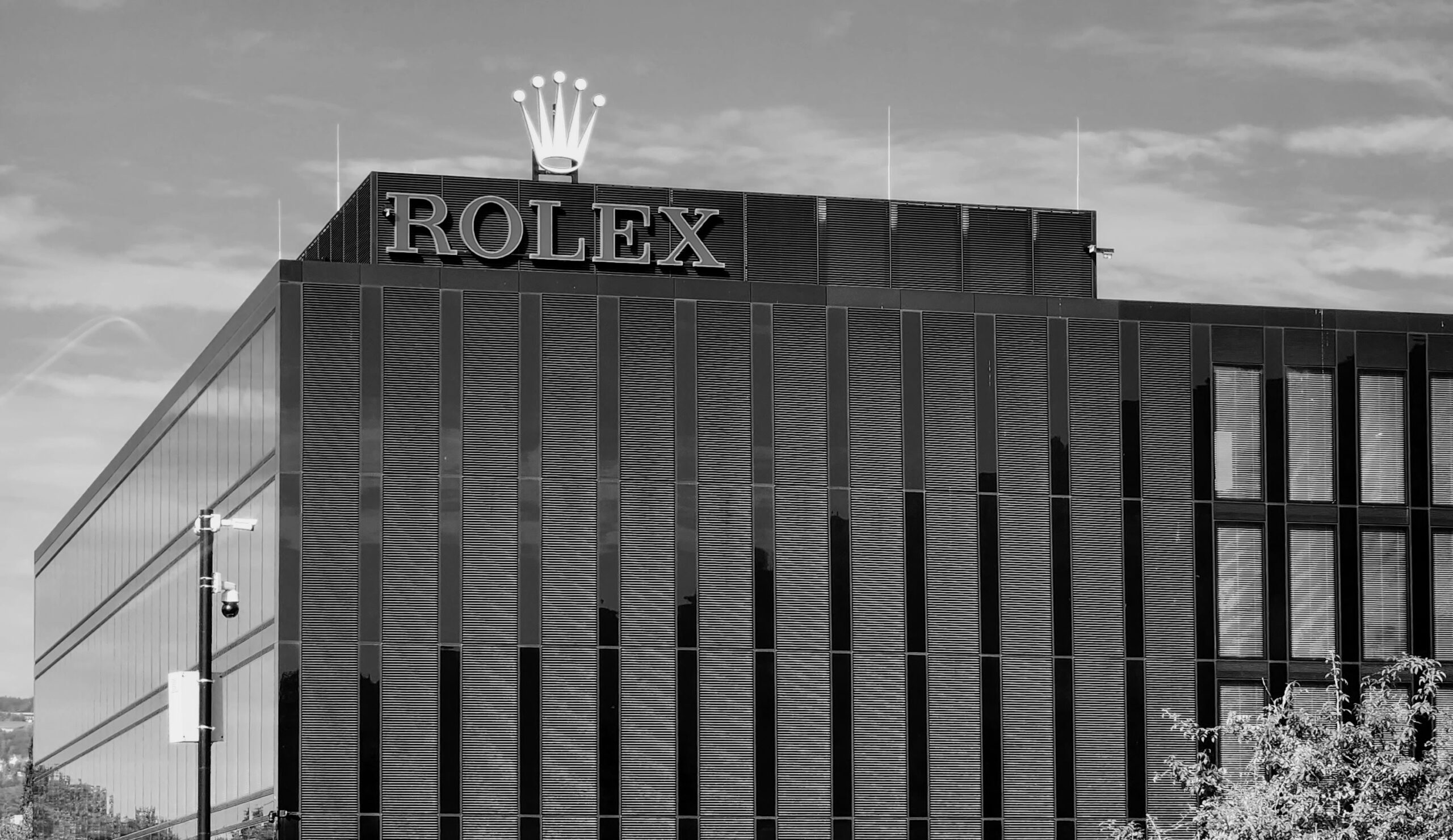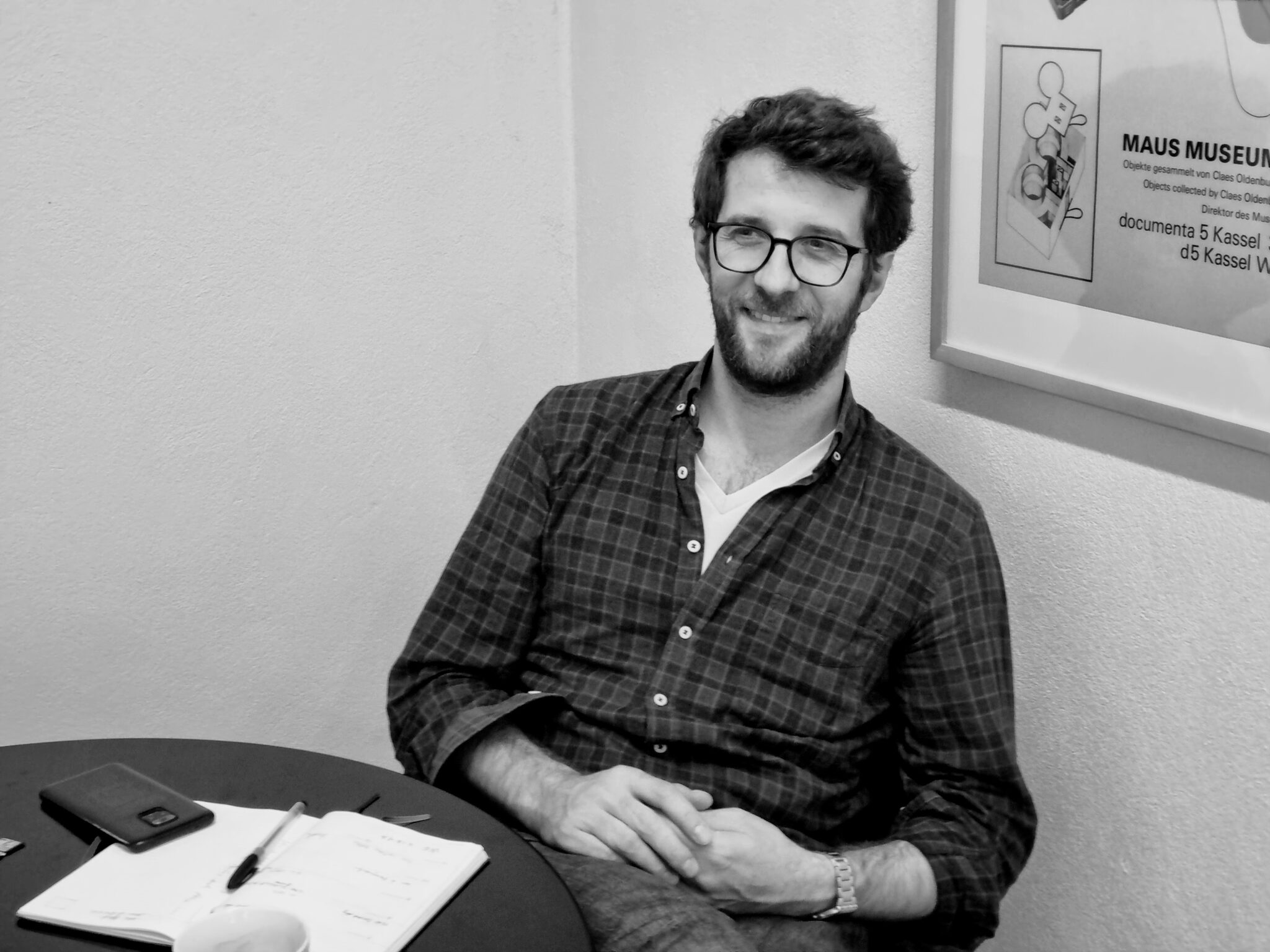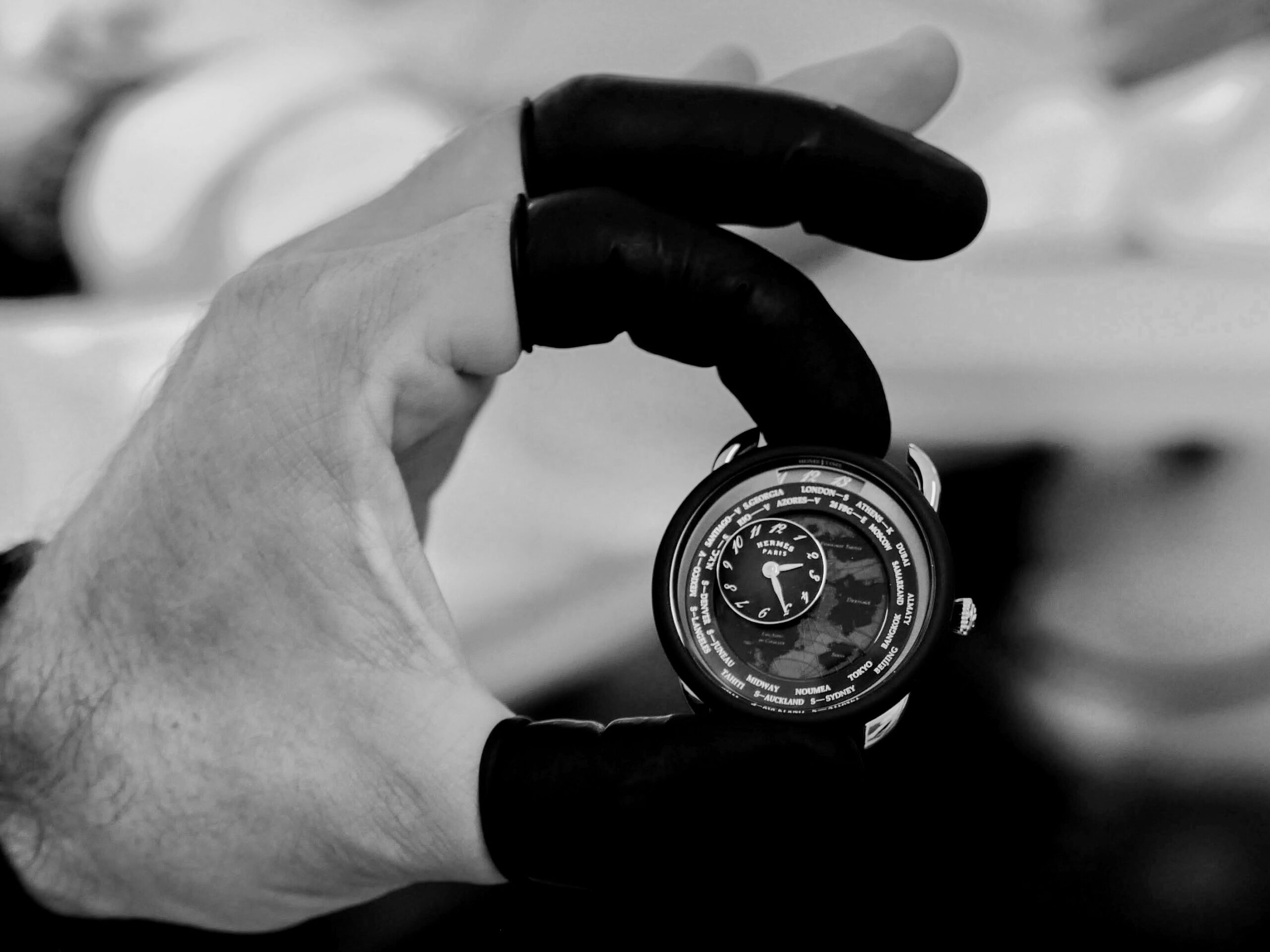
When you first visit Bienne, some watch brands are impossible to miss. They are so to speak “in your face”, and that is a great part of the city’s charm. But it’s at least as charming, if not more, when some brands are discovered later, almost by chance, through a walk or a lucky encounter. And when the brand in question is associated around the world with the highest level of quality and craftsmanship, while increasingly becoming a watch collector’s favorite, it’s pretty special to say the least.
I’ve been hoping to have a chance to visit the Hermès watch manufacture for quite some time. And I want to take a moment to extend a special thanks to my close friend Luc, a watchmaker at Hermès, for introducing me to their fantastic communications teams who made it possible.
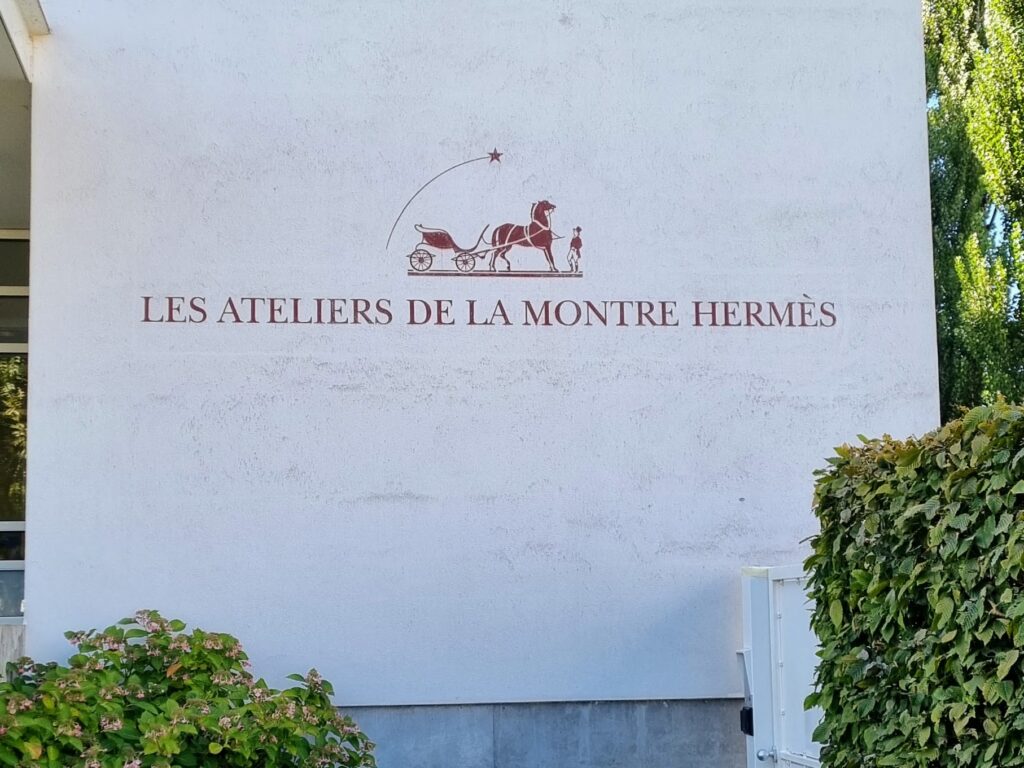
There is so much to talk about when it comes to Hermès in Bienne that we will do this in 2 episodes. Today, we’ll start with what the production site is first and foremost about: watchmaking. Next time, we’ll go deep (literally, I’ll explain why) into their mind blowing-bracelet ateliers on site. Finally, hoping I get an opportunity to visit that too, I’ll do another piece, in the future, about their dial and case dedicated site in Le Noirmont, a 40 minute drive away.
To make things even more special, I did not visit alone this time: my friend, passionate collector and part-time watch writer Fabrice, aka helvetic_tac, came along. And I’ll actually hand it over to him now, as he was kind enough to write this first episode of our Hermès mini-series.
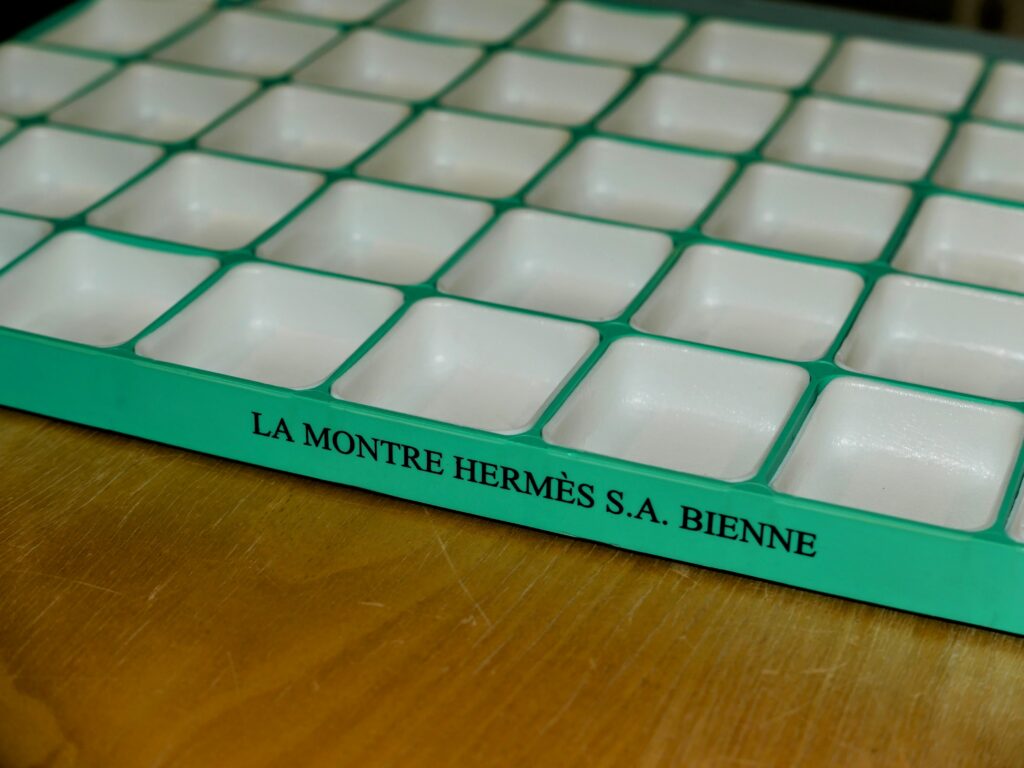
Oh just one more thing before I go: if you look on a map, you’ll see that La Montre Hermès is located in Brugg. While technically that’s not Bienne, it technically also kind of is. The town, with a population just under 5’000, is part of the Bienne administrative district. As you can see above, the production trays even say “La Montre Hermès S.A., Bienne”. So yes, Hermès watches are definitely made in Bienne. (Editor’s note: this article was originally published when the blog was focused on Bienne, under the name Made in Bienne. The concept has since evolved to also cover the watch scene across the rest of Switzerland.)
Now, Fabrice, over to you!
—
A watchmaker for almost a century
Hermès started to make watches in 1928, collaborating back then with emblematic names like Vacheron Constantin and Jaeger-LeCoultre. Almost a century later, we were given the opportunity to visit their manufacture for Made in Bienne.
The term “manufacture” is well earned here. Hermès internalizes the development of its watches, the production of its dials (having integrated a historical partner, Natéber) and of its cases (acquiring Joseph Erard). Even the movement development and production became under the Paris maison’s control after they took a 25% stake in the renowned movement maker Vaucher Manufacture Fleurier.
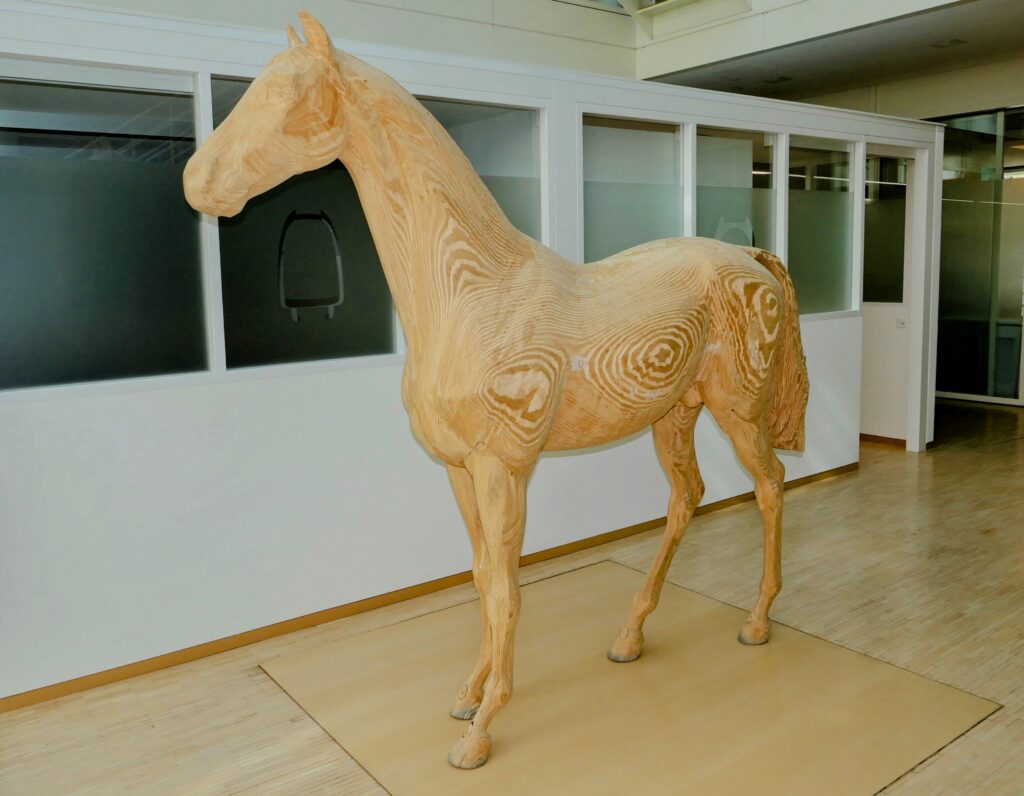
Hermès itself was founded in 1837, originally producing harnesses and other leather equipment dedicated to horseback riding. The company expanded into the broader world of travel and, in the early 20th century, integrated other categories, including jewellery.
Watchmaking was added to the portfolio just over 90 years later. The first piece produced, a pocket watch called the Ermeto, was done in collaboration with Movado. Through a clever mechanism, opening the outer case (made of leather, of course) to read the time activated the winding system.
Hermès subsequently went on to produce a variety of watches, powered by some of the best movement manufacturers in Switzerland: Jaeger LeCoultre, Vacheron Constantin, Universal and Tavanes.
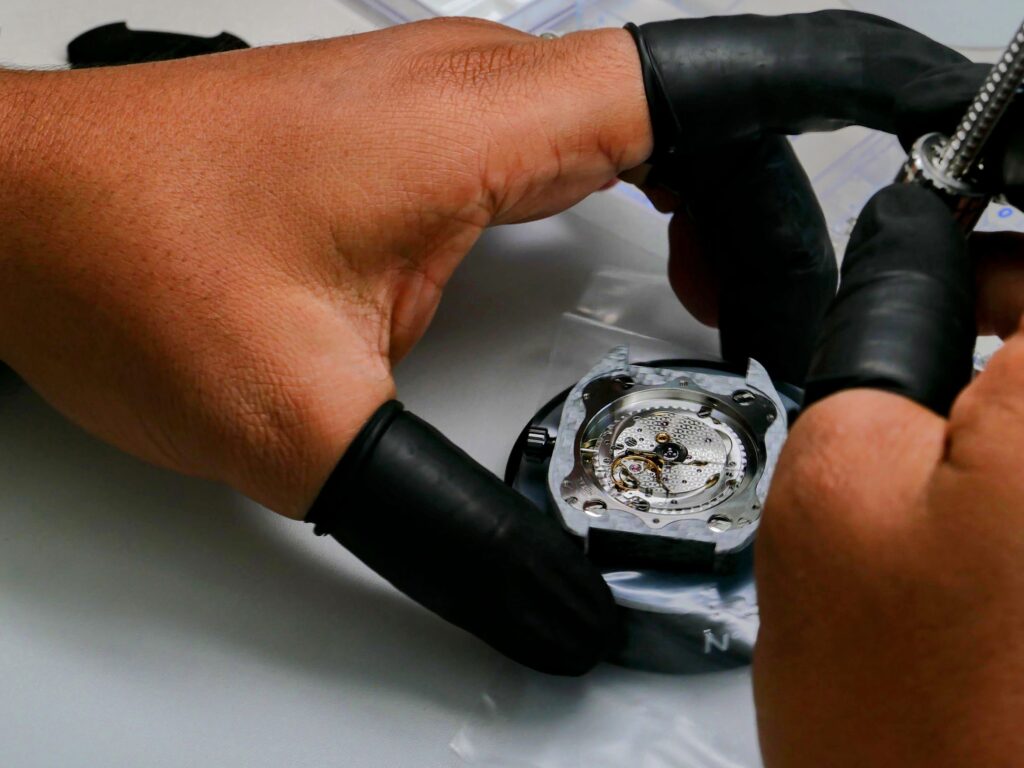
When Hermès became made in Bienne
The focus and investment in watchmaking took a new turn when, in 1978, it created an affiliate company entirely dedicated to its timepieces: La Montre Hermès, SA, established in Bienne. That same year, the Arceau watch was launched. The following years saw the appearance of other famous models including Clipper, Heure H and Cape Cod.
In 1999, Hermès inaugurated its new watchmaking building, the one we visited today. Characterized by a large atrium, it brings under a single roof watchmaking, strap confection, design, testing, quality assurance, logistics, product development under the creative direction of Philippe Delhotal and overall management, headed by Laurent Dordet.
The architecture brings a wonderful dynamic, not only distributing great light across the facility, but creating a space where everyone runs into each other, making collaboration, creativity and innovation flow throughout.
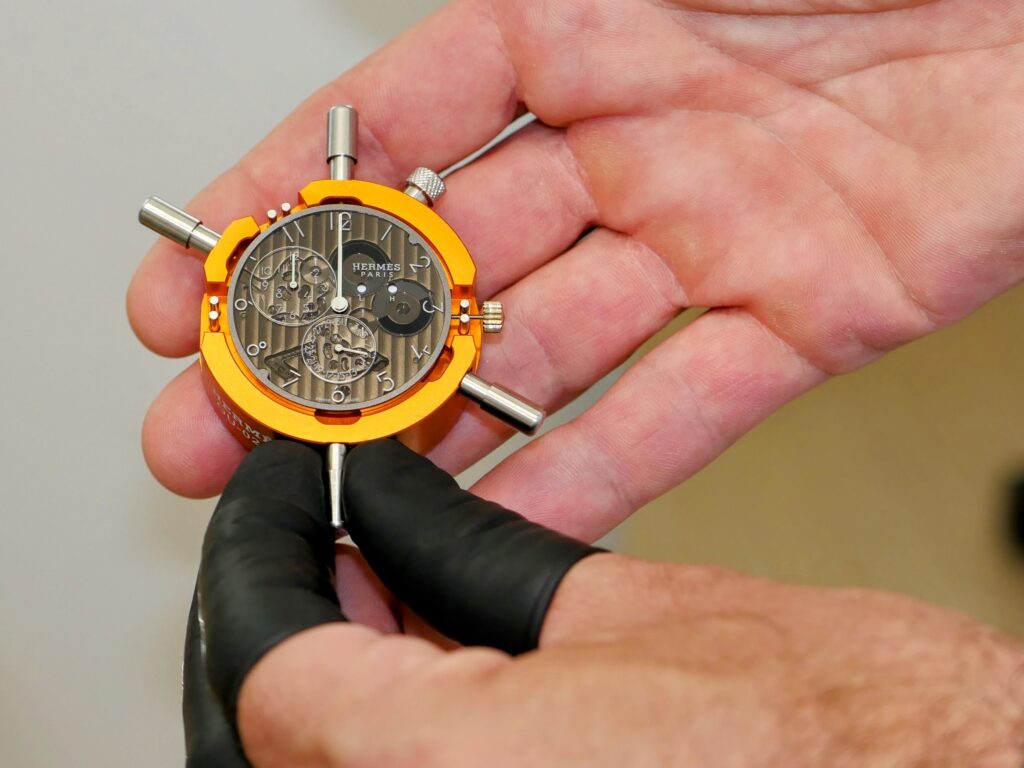
Attention to every detail
After lunch, we walked up the stairs at the center of the atrium to reach the main watchmaking floor. We changed into white gowns and were let into the heart of the building: a vast open space with large windows on each side, where a team of 30 or so skilled specialists assemble all Hermès watches.
As we visited every station with an explanation from each of its occupant (thank you all for your time, it was fascinating!), it quickly became clear that quality-checking is not an after-thought here. In a way I have rarely witnessed, it truly is an integral part of the process, at every stage in production.
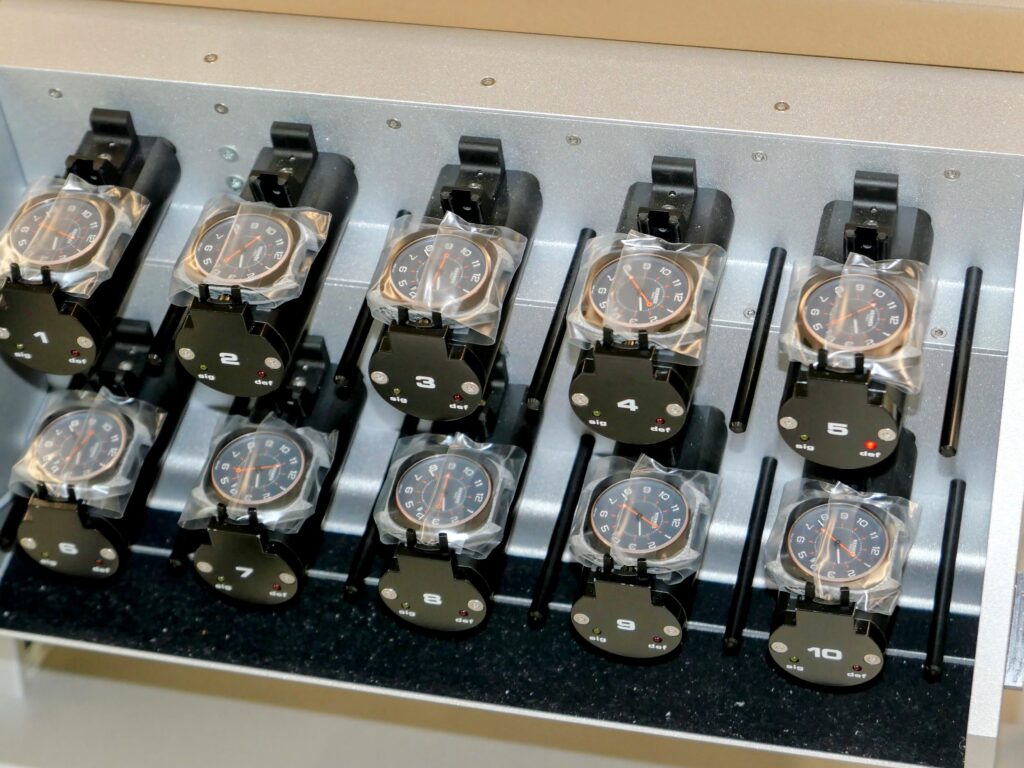
Everything from accuracy to aesthetics and waterproofing is checked on multiple occasions. Chronometry is examined as the watches undergo extreme temperature and humidity. The tightness of each screw is verified before anything can leave the workshop.
As you can see in the skeletonized Slim d’Hermès model below, internalizing all key steps of production enables a great level of craftsmanship and creativity. Here in Bienne, Hermès even develops its own tools to ensure the right level of torque when screwing parts.
The vertical integration at Hermès not only enables tight control over all operations but also made it possible for the brand to be one of the first to offer full personalization to its most exclusive customers. With the right budget of course, you can choose among several options for your case, dial, bracelet and decide of the perfect engraving.
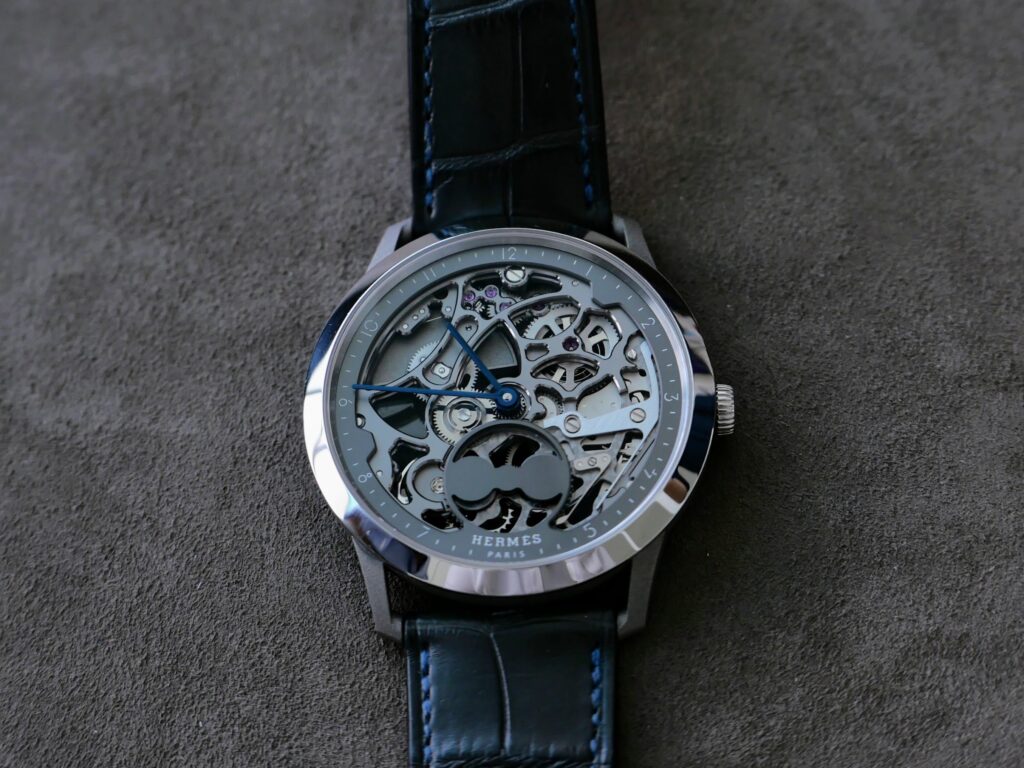
Now a brand for serious collectors
The range of watches Hermès offers today is broad, both quartz and mechanical. Yet, despite this expanded offering, the identity is very distinctive. Everything belongs under the brand’s umbrella in a very natural way.
For instance, the Heure H uses the famous initial as the shape of the case. The Cape Cod reminds us of the marine universe with its famous anchor chain motif, still today at the heart of the Hermès DNA. The portfolio also includes high horology (Arceau & Slim d’Hermès) and high jewelry models, like the Faubourg or Kelly watch.
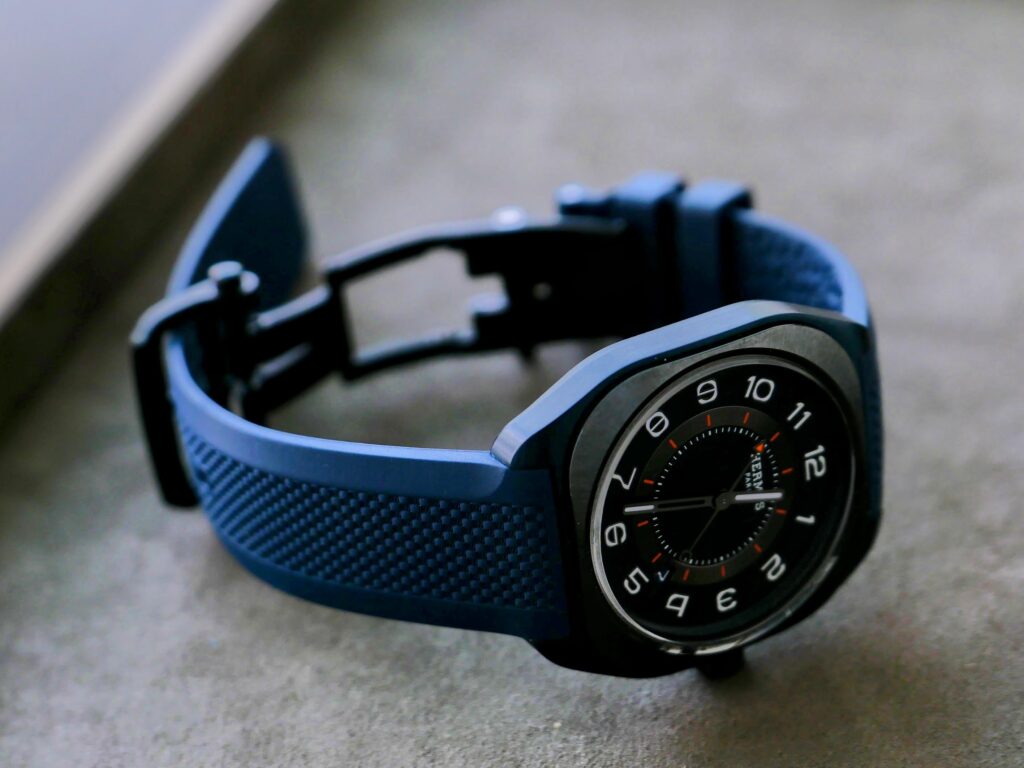
Among personal favorites in the current men’s collection, the H08 really stands out. Launched just 2 years ago, the model is already becoming a classic among daily, casual watches. It is available in various innovative materials such as graphene, ceramic and titanium, always with a particularly impressive quality in polishing. Earlier this year, at Watches & Wonders Geneva, Hermès introduced a monopusher chronograph version.
In the higher spheres of haute horlogerie, I will call out the Arceau L’heure de la lune. Pure beauty to the eye, it showcases 2 sub-dials, one for time and one for date, all in circular motion. The masterpiece indicates moon phases as seen from both the southern and northern hemispheres. The cinematic effect is mesmerizing and poetic.
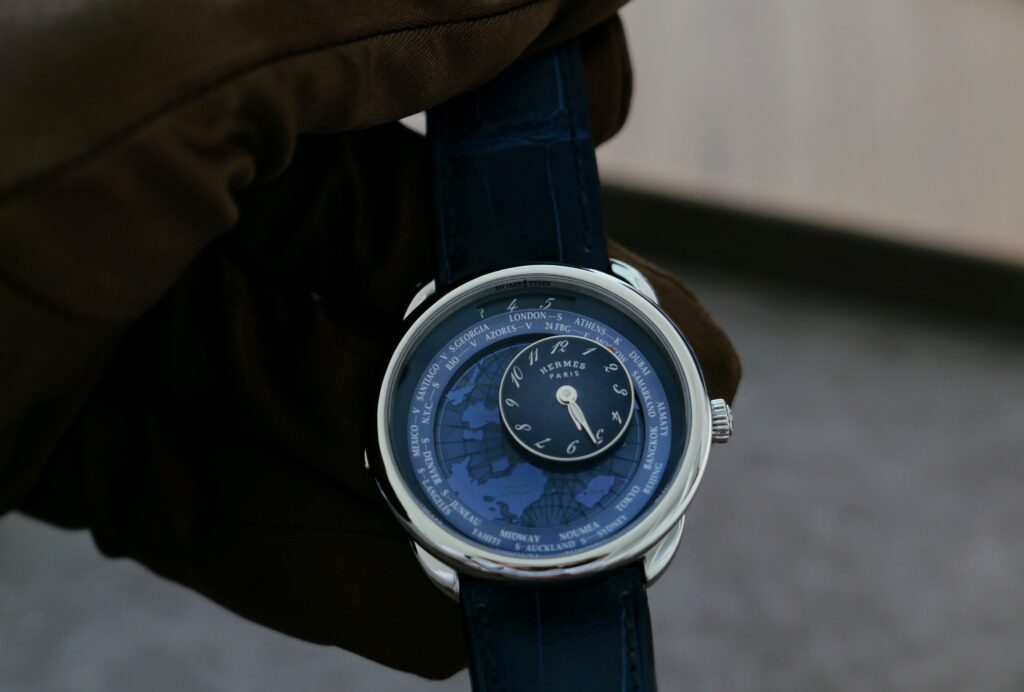
In a similar spirit, the Arceau Le temps voyageur received both the men’s and women’s Complication award at last year’s GPHG (Grand Prix de l’Horlogerie de Genève), aka the Oscars of watchmaking. The unique world timer displays the time around the world through the “traveling” home time sub-dial.
Those are just but a few examples of an increasingly deep and rich catalog of watches by Hermès today. It is worth spending time on their website, or even better, in a boutique, to explore the variations, discover the craftsmanship and, who knows, maybe find the one that is right for you.
In the next episode, Alex will take you through a virtual visit of the equally fascinating leather workshop inside the Hermès watch manufacture in Bienne.


